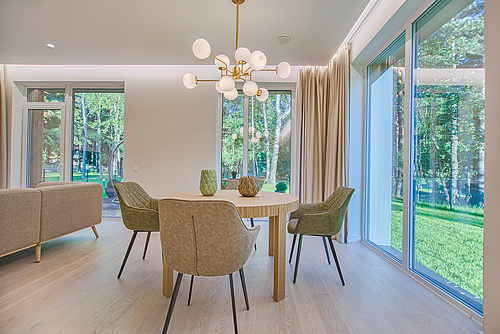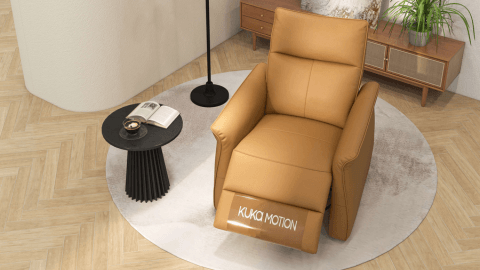How Often Should You Clean Your Lamps?
Introduction
When considered so commonplace, such tasks as cleaning lamps take on a greater importance than one would give them credit for; indeed, above a certain point aimed at making the fixture work, some are even essential to keep the aesthetic quality and the ambiance lighted up in and around our living spaces. Determining the perfect cleaning frequency for your lamps is not a one-size-fits-all thing but pegged on very many factors. These will range from the type and location of the lamp to environmental conditions and usage patterns. This literature analysis illuminates the importance of lamp-cleaning, how often this task should be done, and even how to regain back its beauty and efficiency.
Why Clean Your Lamps?
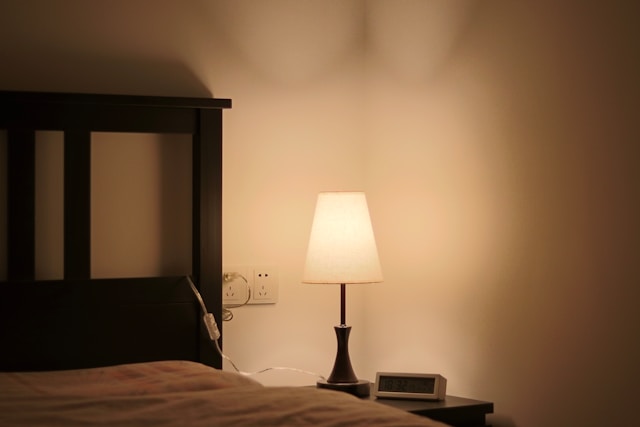
Aesthetic: Lamps are more than just sources of light in a space. They are the most essential accessories to home decor in one way or the other and reflect the personal style that defines them and the ambiance within the space. Additionally, a clean lamp can add to the aesthetics of a space, making the space more appealing and pleasant. Conversely, a dirty or grimy lamp can take away from the space, dull the light, and mute the colors of your space.
Efficiency and Lifetime: Any dust and dirt collected on the face of the lamp and the bulb may reduce its efficiency, therefore needing more power to produce light to a level that is normally expected. Otherwise, easily give rise to overheating, which shortens the life of the lamps further. Regular cleaning, however, will ensure that the lamps are always working at peak efficiency, thus helping in saving energy and prolonging the functional life of said lamps.
Health Considerations: Ljson;f Lamps tend to build up with dust, pet hairs, and other potential allergens, presenting possible health hazards, especially for allergic persons or those with respiratory sensitivities. Clean lamps will alleviate this problem and assure homeowners of having a more healthy home.
Factors Affecting Cleaning Frequency
The frequency with which lamps should be cleaned is influenced by a myriad of factors:
Type of Lamp and Material: The cleaning of different designs of lamps and made materials calls for varied demands and levels of frequency.
Meanwhile, fabric shades can easily expose one to a lot of dust such that the shade will need more frequent dusting or vacuuming. For example, glass and metal shades, which do not admit dust as easily, can be subjected to cleaning much less often.
Location: Those fittings located in the kitchen, the bathrooms, or any other area of the room that has high use by the people living in the house tend to have more dirt and grime. Therefore, such fixtures may need cleaning more often than others to keep the appearance and functionality.
Usage: The more the lamp is in use, the quicker it is likely to attract dust. So, frequently used lamps might require cleaning more times than the sparingly used ones.
Environmental conditions: in homes closer to deserts or with pets, the lamp should be kept cleaner more aggressively for an optimal lamp.
Recommended Cleaning Frequency
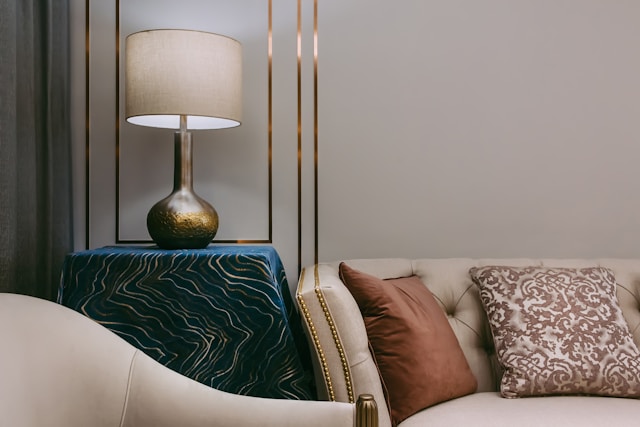
While an average baseline would be to recommend cleaning your lamps about once every two months, it could indeed be quite a deviation from this guideline, based on the specific circumstances mentioned above.
By type of lamp: fabric lampshjson metal lampshades should be dusted monthly, while glass or only every three to four months.
Adjusting for Circumstances: Depending on the factors mentioned earlier, some lamps might need to be cleaned weekly, while other times, less often enough.
Cleaning Tips and Techniques
General tips: Safety first—it's best to unplug your lamp before cleaning. Most types of lamps generally just need dusting with a soft, dry cloth; some sensitive materials like fabric or special finishes are best left alone. Material-Specific Advice: For fabric shades, dust the materials with the use of a lint roller or a vacuum cleaner brush. Clean glass parts with a soft cloth dampened with water and mild detergent.
Metal parts may require specific cleaners to prevent tarnishing or damage to their finish.
Conclusion
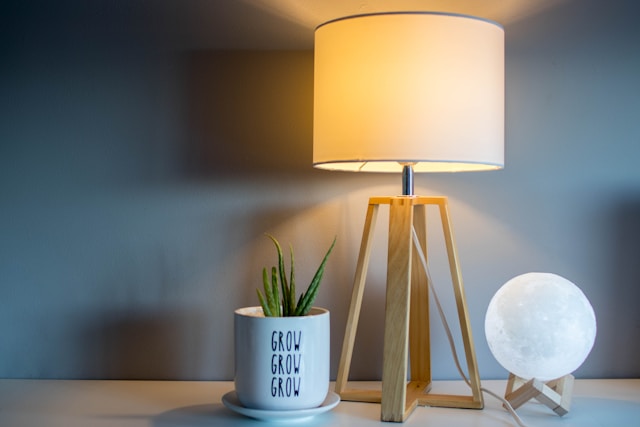
Regular cleaning of the lamp means more than an easy household chore; it is a necessary maintenance operation that improves aesthetic condition and conserves functionality. Following the recommended cleaning frequencies and applying the right techniques for different types of lamps, you can ensure that your lamps are serving the purpose of an effective and beautiful lighting facility in your house for many years. They help in attaining a more attractive and healthy living environment by keeping the lamps clean, hence conserving energy and prolonging their lifetime.





